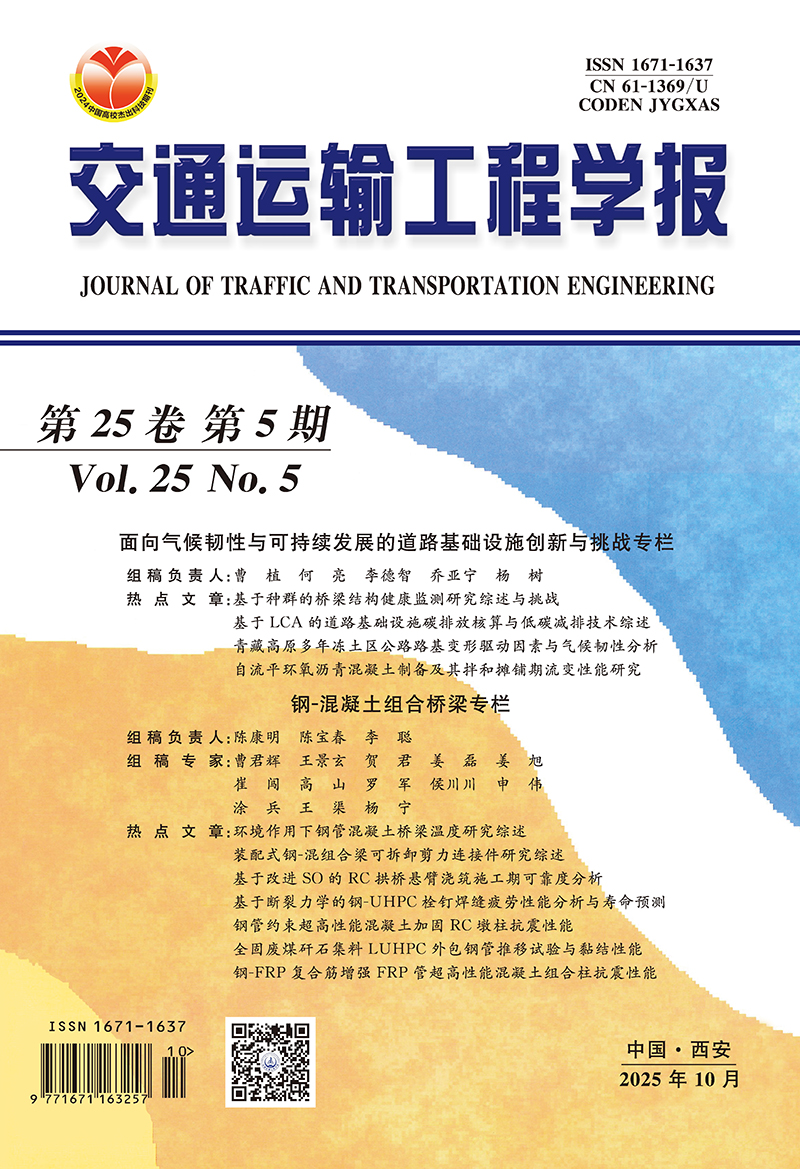2007 Vol. 7, No. 4
Display Method:
Abstract:
2007, 7(4): 1-5.
Abstract:
2007, 7(4): 6-9.
Abstract:
2007, 7(4): 10-14.
Abstract:
2007, 7(4): 15-20.
Abstract:
2007, 7(4): 21-23.
Abstract:
2007, 7(4): 24-29.
Abstract:
2007, 7(4): 30-33.
Abstract:
2007, 7(4): 34-38.
Abstract:
2007, 7(4): 39-43.
Abstract:
2007, 7(4): 44-47.
Abstract:
2007, 7(4): 48-53.
Abstract:
2007, 7(4): 54-57.
Abstract:
2007, 7(4): 58-62.
Abstract:
2007, 7(4): 63-66.
Abstract:
2007, 7(4): 67-73.
Abstract:
2007, 7(4): 74-78.
Abstract:
2007, 7(4): 79-83.
Abstract:
2007, 7(4): 84-88.
Abstract:
2007, 7(4): 89-92.
Abstract:
2007, 7(4): 93-97.
Abstract:
2007, 7(4): 98-103.
Abstract:
2007, 7(4): 104-111.
Abstract:
2007, 7(4): 112-116.
Abstract:
2007, 7(4): 117-120.
Abstract:
2007, 7(4): 121-126.





